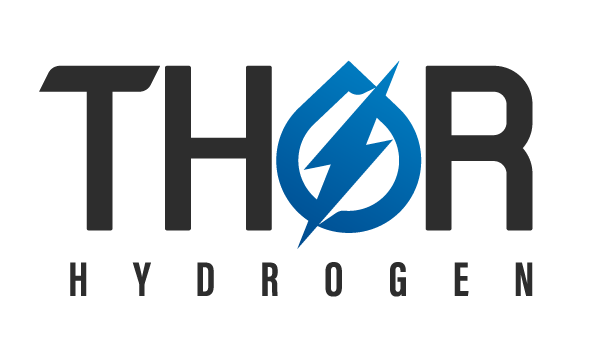Lessons from Texas
Decentralized Renewable Power, Hydrogen Storage and Smart Grids
The increasingly unpredictable nature of the polar vortex has had dramatic effect in the southerly latitudes of Europe and the United States, regions that are not accustomed to prolonged sub-zero temperatures. The experience of Texas, in particular, offers us a cautionary tale on energy system resilience and there are lessons for us all, even here in Canada.
As energy demand soared in the state, mirroring the incursion of arctic temperatures all the way to the southern coast, rolling blackouts were set in motion by the energy regulator. Freezing control systems in natural gas plants and supply lines, in coal-fired power plants and even in nuclear facilities curtailed supply to the degree that up to four million households lost power. And it should be noted that, contrary to widespread misinformation, Texas energy regulator ERCOT stated that “…wind power outages are the least significant factor in the blackouts.”
So, what caused the Texas energy system to fail so spectacularly? One of the most obvious answers is lack of winterization. Natural gas supply lines inevitably contain some trace water which, when the temperature falls well below the vapour point is ‘knocked out’. In turn, ice build-up in control valves can render the lines inoperable. The fact that this happens to a far lesser extent in Canada and northern US simply speaks to the commonplace challenges of northern winters, addressed by insulating and, where appropriate, ‘heat tracing’ of lines and control systems. The same holds true for wind power systems for which basic winterization will ensure far greater operability.
Storage appears to have been a problem too in Texas, originating in the utilities’ reluctance to locally store natural gas in preference to operating an ‘on demand’ approach that utilizes reservoirs as the go-to storage facilities. This, along with power line failures speak to the shortcomings of centralized energy generation over more distributed models. As much as the root cause of power outages has been pinned on adverse weather, it has much more to do with poor planning and a reluctance to prepare for extreme weather, in this case extreme cold but, with increasing frequency, extreme heat.
The pandemic has emphasized the inherent fragilities in our society, kindling within many of us the desire for greater resilience, for localization of supply and shortening of supply chains. We should think of energy no differently. As we respond to the yet greater existential threat of climate change by (amongst many other vital actions) decarbonizing our energy systems, we can build greater resilience by decentralizing energy and by safeguarding supply by including far greater provision for energy storage. As we steadily increase the percentage of renewable energy in our supply, we need to recognize that wind and solar are variable renewable energies (VRE’s) and as such can best achieve reliability through complementary energy storage.
In the majority of cases, large scale battery storage simply doesn’t cut it. In Texas, batteries might have supplied the first hours of back-up, but not the days. Hydrogen storage on the other hand can be cost-effectively designed to supply days, weeks or indeed months of back-up power when generation systems are down or seasonally reduced. Hydrogen fuel cells provide not only power, but also complementary heat through combined heat and power (CHP) systems which render the re-conversion of hydrogen 95% efficient. Paradoxically, this thermal energy can even be converted to zero-emissions cooling for Texas’ blazing summers.
The other smart move for state or provincial power planning is to decentralized power, allowing localized (but interconnected) smart grids to proliferate, based largely on renewable energy with hydrogen storage. Far from advocating a free-for-all deregulation, such localized grids should conform to exacting standards for design and operation. Utilizing the frequent energy surpluses from wind-solar hybrid (WISH) systems to generate hydrogen, enables vital energy conversion and storage to give back to the system when adverse weather and natural variability curtails supply.
Analysis of the ‘Great Southern Chill’ will generate a lot of opinions on how we can do it better. By deliberately conceiving of itself as an energy island, largely unintegrated with neighbouring states, Texas thought it was safeguarding supply. But we suggest that the state model should more resemble an interconnected archipelago - decentralized islands of resilient, localised power generation, intelligently interconnected and underpinned by hydrogen generation and storage. The future will be increasingly unpredictable, as extreme weather events continue to test the limits of energy grids. And, as the Texan example has shown, the consequences for not being prepared can be fatal.

